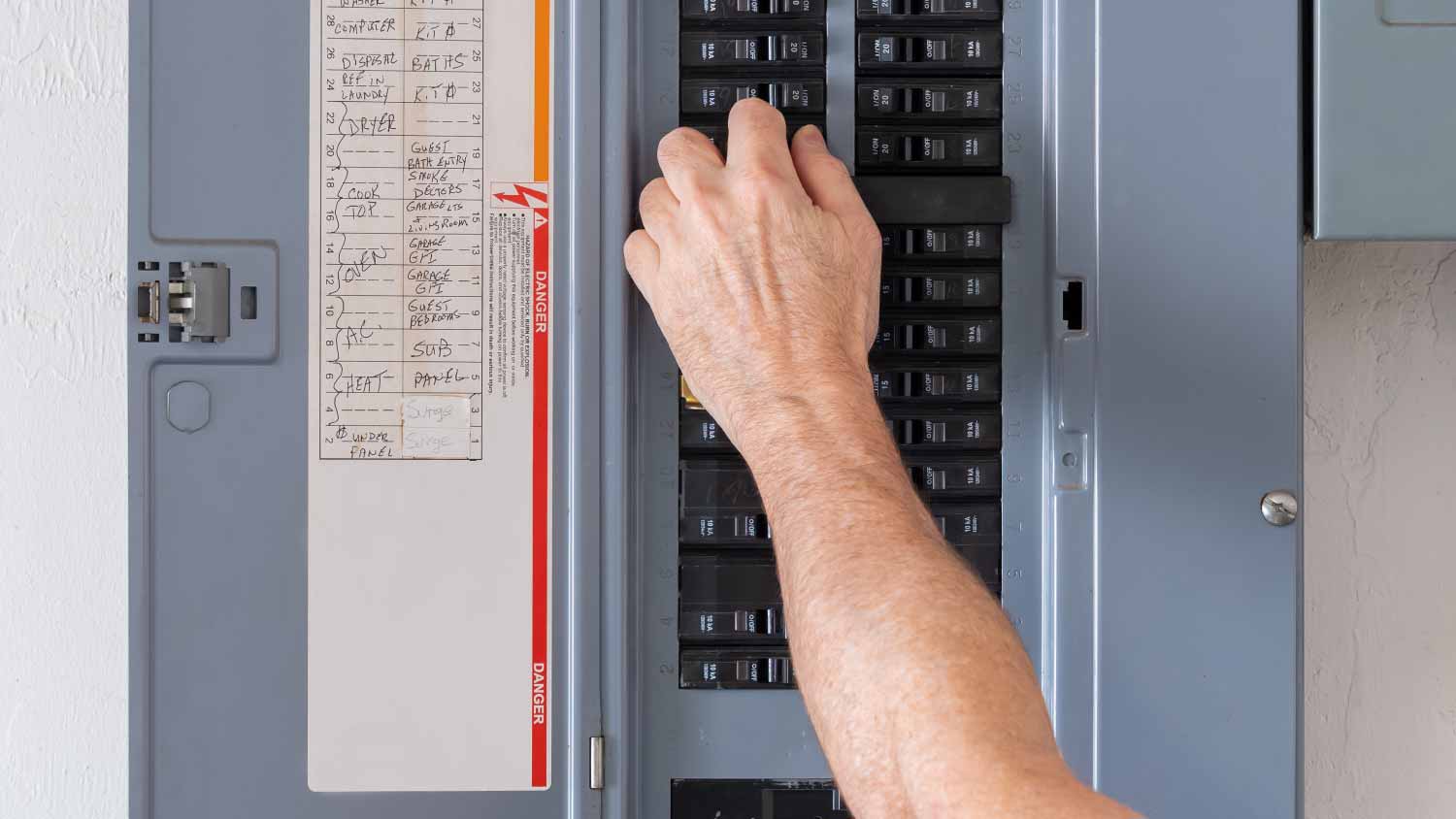
How much does rewire house cost in Columbus? Learn the major factors that impact the price and how it can help increase your home's value.
Avoid breaking the bank by upgrading your breaker box


Upgrading your breaker box can reduce energy usage, which may lower your monthly electric bill.
Additional benefits of upgrading include increased safety and future electrical capacity, along with fewer electrical issues.
Drawbacks of upgrading your electric panel include high upfront costs and the inconvenience of a lengthy installation.
If you’re unable to upgrade your breaker box, consider alternative ways to lower your electric bill, such as reducing electricity usage and conducting an energy audit.
Your electric bill is one of the many ongoing costs of homeownership. So, naturally, you may be looking for ways to lower your monthly payment. Can upgrading your breaker box help reduce your bill? Here’s everything you need to know before updating your home’s electrical system.

The short answer is yes—upgrading your breaker box can lower your future electric bills. Your breaker box is responsible for distributing electricity from utility lines to appliances, outlets, and light fixtures in your home. However, older breaker boxes weren’t designed to keep up with the energy needs of modern households. This overload often causes inefficient power distribution, which makes your energy bill more expensive.
Upgrading to a newer system can prevent energy waste and bring significant savings on your energy bill over time. Additionally, a circuit breaker upgrade makes your home safer which boosts the property value of your home.

Of course, any home update comes with potential pros and cons, and upgrading your electric panel is no exception. A qualified electrician in your area can help you decide if an upgrade is right for your home.
Increases your home’s property value
Fewer power surges
Increased electrical capacity
May qualify for tax credit
May lower your homeowner’s insurance
May reduce monthly energy bill
Reduces dangerous electrical hazards
Higher initial cost to replace an electrical panel
Coordinating with your local utility company may result in installation delays
May negatively impact your neighborhood’s electrical grid
May require permits and inspections
Power will be shut off during installation, causing inconvenience
Upgrading your breaker box is only one of many ways to reduce your monthly electric bill. Lowering your electric bill ultimately comes down to reducing your energy usage. That means small tweaks to your daily habits makes the difference in your long-term savings.
Here are practical ways to lower your electric bill:
Seal any cracks and gaps in your windows, doors, and baseboards
Lower your thermostat
Use a ceiling fan instead of central AC
Replace HVAC filters every three months
Power off or unplug devices when not in use
Use LED light bulbs
Invest in energy-efficient appliances
Hire a pro to service your HVAC system twice per year
Add insulation to your attic
From average costs to expert advice, get all the answers you need to get your job done.

How much does rewire house cost in Columbus? Learn the major factors that impact the price and how it can help increase your home's value.

How much does adding an electrical outlet cost in Columbus? Get details on average pricing, permit needs, and what affects the total cost.

Whether you’re shopping for a new home or simply doing a safety check on your current place, learn what factors influence an electrical inspection cost.

Do you need a lightning rod for your house? Lightning rods can be a handy weather safety tool, but not everyone needs them. See all the details here.

If your plugs are sliding out halfway after you insert them into the outlet, this is a fire hazard. Learn how to fix loose outlets in your home.

Is your home costing you more money than it should be? You can take steps to save money throughout your home to keep it where it should be—your wallet.